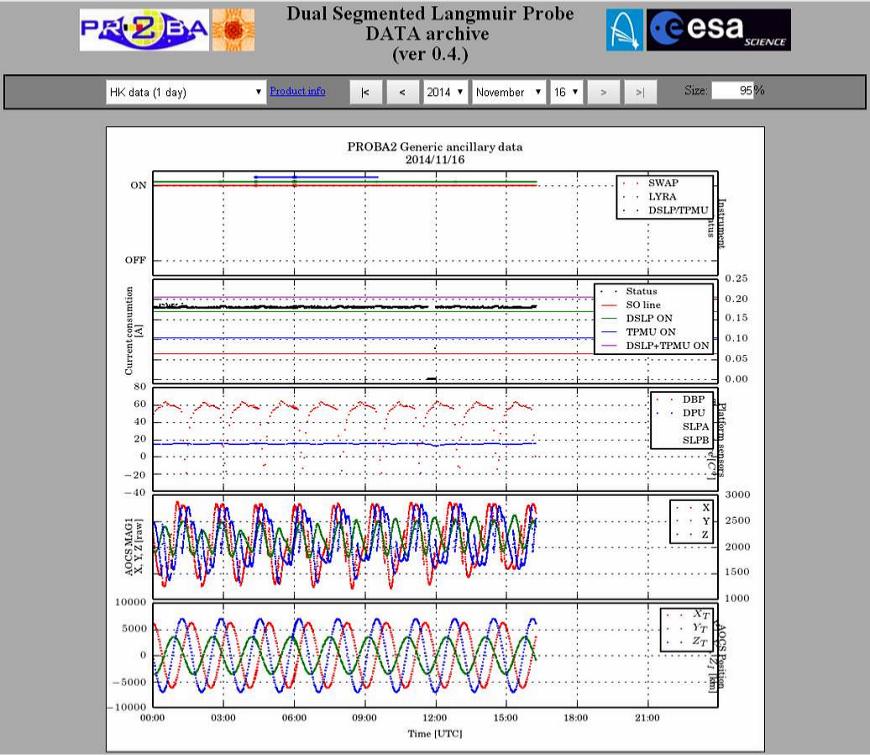
PROBA-2 ESA Space Weather Satellite.
It is interesting to note that The European Space Agency has a satellite in orbit at about 720 km altitude. This machine is used mostly for studying the Sun but carries 2 instruments to study the ionosphere described below.
http://www.esa.int/Our_Activities/Technology/Proba_Missions/About_Proba-2The two space weather experiments are:
Dual Segmented Langmuir Probes (DSLP), which will measure electron density and temperature in the background plasma of the Earth's magnetosphere
a thermal plasma measurement unit (TPMU), that will measure ion densities and composition
Both were developed by a Czech consortium, led by the Institute of Atmospheric Physics, Academy of Sciences of the Czech Republic (CZ).
It has been found by Proba2, that during a Solar Eclipse a "hole" has been created in the Earth's ionosphere in the local area of the eclipse. A "hole" is not very descriptive of just what they have found, or not found. But it does appear to show that the upper atmosphere is disturbed in a way we do not understand, during a Total solar Eclipse. This disturbance is a likely cause of "Shadow Bands" which science already describes vaguely as "an atmospheric disturbance" .
http://www.esa.int/Our_Activities/Technology/Proba-2_teams_up_with_solar_eclipse_watchers
Proba-2's other pair of instruments investigated the eclipse's effects. Incoming solar radiation ionises upper layers of Earth's atmosphere, giving rise to the electrically charged 'ionosphere'. But when the shadow of an eclipse falls on Earth an effective hole is formed in the local ionosphere.
DSLP and TPMU chart plasma variations within the ionosphere. They performed a special set of measurements.
"This event gave us a useful opportunity to study the ionospheric response to solar radiation changes," said Stepan Stverak of the Czech Astronomical Institute.
"The DSLP worked in a burst mode to gather ionospheric properties during the eclipse, for comparison to the unperturbed ionosphere surveyed before and afterwards."
Results are also being checked against those of French Demeter microsatellite, flying a previous generation of ESA plasma sensors.
Data is available which may show if this "hole" is as described in these pages, a "black disk", and can be found here with a sample page below.
Proba2 takes photos of the Sun, and during a Solar Eclipse has captured shots of the Moon partially covering the Sun. In these shots the Moon appears to be a "black disk" but this is because the camera filtered against the extreme light from the Sun. A good way to show if the "black disk" is created in the atmosphere is to photograph the Moon from Proba2, or any other satellite, while travelling through the umbra area of totality. No camera filters would be required.



